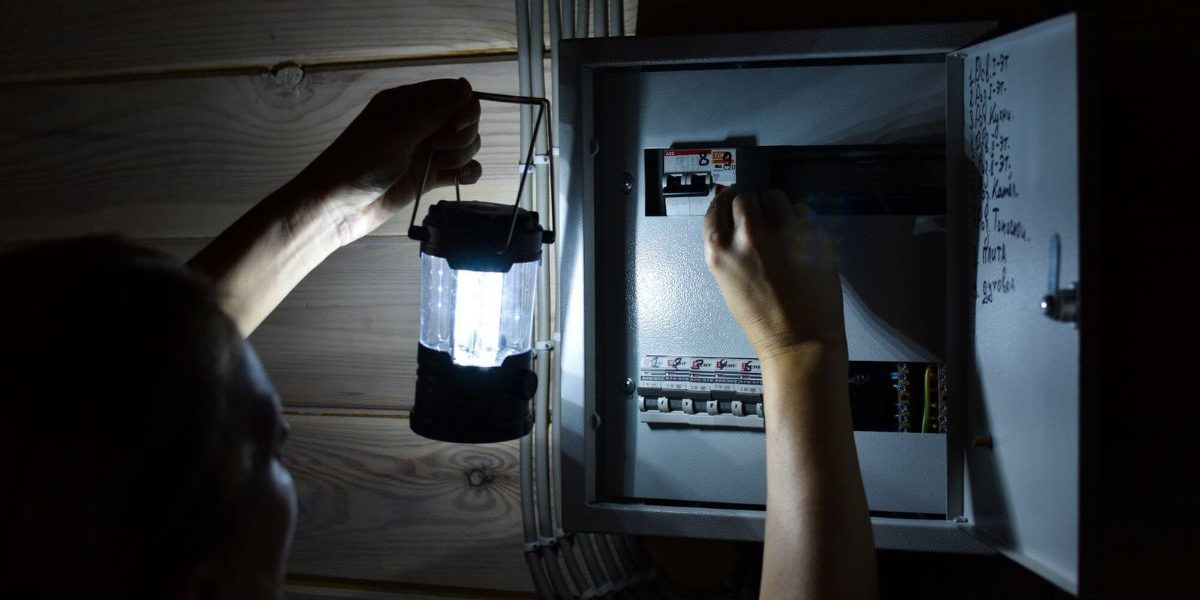As someone who has experienced a fair share of power outages, I understand how stressful and challenging they can be. I’ve put together this power outage survival guide to help you be prepared for any unexpected blackout.
Whether it’s due to severe weather, equipment failure, or any other reason, having a well-thought-out plan can make all the difference. Now, get ready to tackle power outages like a pro.
Preparing for a Power Outage
First things first, you’ll need an emergency kit to ensure you have all the essentials when the lights go out. I recommend including the following equipment:
- Flashlights: Make sure you have multiple flashlights, as they are crucial for navigating through the darkness safely.
- Batteries: Stock up on extra batteries in various sizes to keep your flashlights and other devices powered.
- First Aid Kit: A well-stocked first aid kit is vital for any emergency situation.
- Non-perishable Food and Water: Have enough food and water supplies to sustain your family for at least three days.
- Battery-Powered Radio: Stay informed about the situation by keeping a battery-powered radio on hand.
- Power Banks: These are a lifesaver for keeping your smartphones charged, which can be essential for communication during an outage.
- Warm Clothing and Blankets: Prepare for temperature drops by having warm clothing and blankets available.
- Cash and Important Documents: Keep a stash of cash in small denominations and important documents in a waterproof container.
- Portable Gas or Propane Stove: This can help you prepare hot meals without electricity.
During the Power Outage
When the power goes out, your safety should be the top priority. Here are some use cases and tips for handling the situation:
- Safety Precautions: Always stay away from downed power lines and avoid using damaged electrical appliances.
- Using Generators: If you have a generator, follow the manufacturer’s guidelines for safe operation and place it outside to avoid carbon monoxide poisoning.
- Preserving Food and Water: Ration your supplies and avoid opening the refrigerator unnecessarily. Use coolers and ice to preserve perishables.
- Staying Informed: Keep your battery-powered radio tuned to local news for updates on the situation and safety instructions.
- Alternative Cooking: Use your portable gas or propane stove to prepare meals and avoid using candles or open flames.
Coping with Extreme Weather Condition
Depending on the season and location, power outages can bring extreme weather challenges. Here’s how to handle different situations:
- Heat Waves: Stay hydrated, find cooling centers in your area, and use fans or battery-powered handheld fans to keep cool.
- Cold Temperatures: Layer up with warm clothing and blankets, and consider seeking shelter in warming centers if needed.
- Storms and Floods: Find safe shelter and have a backup plan for evacuation if the situation worsens.
- Medical Conditions: Ensure you have a sufficient supply of medications and a plan for medical assistance during an extended outage.
Post-Power Outage Recovery
After the power is restored, it’s time to assess the damage and get back to normalcy:
- Assessing Damage: Check your home for any damage, especially electrical appliances and equipment.
- Restoring Utilities Safely: Be cautious when restoring power to appliances and electronics to avoid electrical surges.
- Contacting Insurance Companies: If there is significant damage, contact your insurance company to start the claim process.
- Psychological Support: Power outages can be traumatic, so don’t hesitate to seek emotional support if needed.
Long-term Preparedness
Now that you’ve survived one power outage, it’s essential to be ready for the future:
- Family Emergency Plan: Create a comprehensive plan that includes meeting points, contact information, and evacuation routes.
- Training and Practicing: Regularly review and practice your emergency plan with your family.
- Resilient Home: Consider investing in backup power solutions like solar panels or home batteries.
- Community Efforts: Get involved in local preparedness initiatives to help your community be more resilient during emergencies.
Remember to have your emergency kit ready, stay informed, and prioritize safety above all else. With a little planning and some essential equipment, you can turn a challenging situation into a manageable one.
Stay safe and be prepared.

